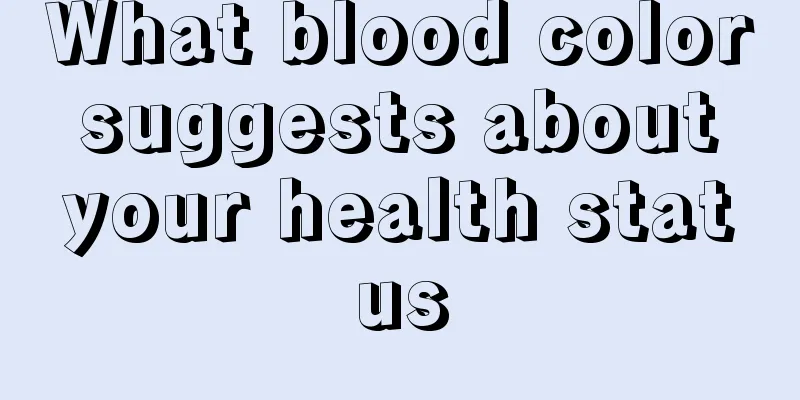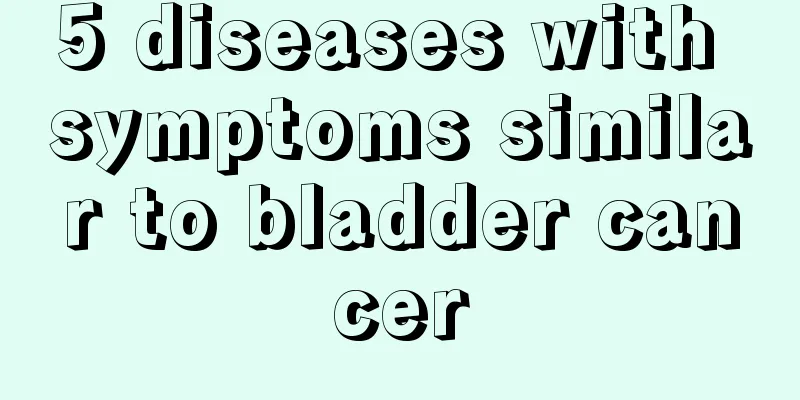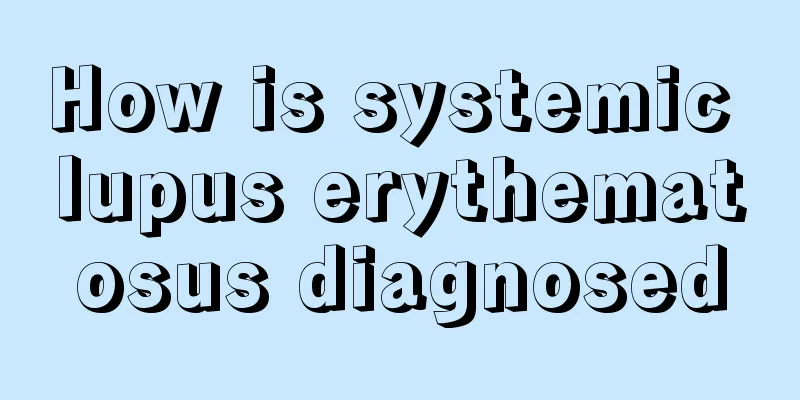What blood color suggests about your health status

|
Blood is an opaque red liquid that flows in the heart and blood vessels. Normal human arterial blood is bright red, while venous blood is dark red. If the color changes, it indicates that it is related to certain diseases, the following are common situations: 1. Light red blood It indicates that the hemoglobin level in human blood is lower than normal standard, that is, anemia, such as iron deficiency anemia, aplastic anemia, etc. At this time, people will have symptoms such as haggard and pale face, pale lips and tongue, and fatigue. 2. Dark red blood Normal venous blood is dark red, but if arterial blood is also dark red, it indicates that the human body is in a state of mild hypoxia. The blood has received more carbon dioxide than oxygen. As the degree of hypoxia increases, the blood color becomes darker and darker. This is more common in patients with emphysema and cor pulmonale. 3. Chyle (milky or turbid blood) This indicates that the human body has consumed too much high-fat, high-protein food (such as fatty meat, eggs, milk, etc.), or has diseases such as diabetes and arteriosclerosis. The former can be changed by adjusting diet, while the latter should follow the doctor's advice and actively cooperate with treatment. 4. Dark purple blood It indicates that the person suffers from severe emphysema, cor pulmonale or cyanotic congenital heart disease. These diseases will cause hypoxia in the body, reducing the oxygen and hemoglobin content in the blood. When the amount of reduced hemoglobin in 100 ml of blood rises to more than 5 grams, the blood will turn dark purple. 5. Cherry Red Blood This indicates that the human body has suffered from acute carbon monoxide poisoning, causing hemoglobin to combine with carbon monoxide to form carboxyhemoglobin that has lost its oxygen-carrying ability. At this time, not only the blood is cherry red, but the lips, mucous membranes, face, chest and inner thigh skin are also cherry red. 6. Brown or black blood It indicates that the human body has suffered from nitrite poisoning, such as accidentally ingesting food containing nitrite (pickles, stale thick-skinned vegetables, green vegetables, etc.). Nitrite is a strong oxidant that can oxidize the divalent iron in hemoglobin into trivalent iron, causing it to lose its oxygen-carrying function and leading to tissue hypoxia. |
<<: Causes of redness, swelling and pain at the tip of the nose
>>: How to get rid of scars from mosquito bites
Recommend
Is teratoma life-threatening?
Teratomas can be life-threatening, especially if ...
How long can you live with vomiting in the late stage of liver cancer? What are the symptoms of late stage liver cancer?
Liver cancer is a malignant tumor disease. This d...
How long can you live with poorly differentiated colon cancer
Poorly differentiated colon cancer is already qui...
Can I still eat in the late stage of esophageal cancer
Patients with advanced esophageal cancer can main...
Can patients with prostate cancer exercise? How should patients with prostate cancer take care of their bodies?
Prostate cancer is a common malignant tumor in me...
Can pregnant women wear jade bracelets?
Jade bracelets are a type of jewelry that is very...
How to get rid of ants in the bedroom?
Ants are a common insect in our lives. They are m...
How to do the best nursing for lung cancer? Lung cancer patients should do three aspects of nursing
Oncologists say that the occurrence of lung cance...
Can onions remove formaldehyde? Experts answer your questions
As people's awareness of health and safety co...
Big mouth plastic surgery
With the rapid development of the times in recent...
To prevent liver cancer, press five acupuncture points. You should also know three tips for preventing liver cancer
The onset of liver cancer is related to many fact...
What's the matter with the insect shadow in the eye
Normally, one can see things very clearly with th...
What are the dietary taboos for lung cancer? Lung cancer patients should pay attention to 4 dietary taboos
Human life is very fragile. Sometimes, simply bec...
What are the treatments for liver cancer? How can liver cancer be treated?
Many patients have missed the best treatment oppo...
Does laparoscopy cause great harm to the body?
Laparoscopy can treat many diseases, such as fema...









